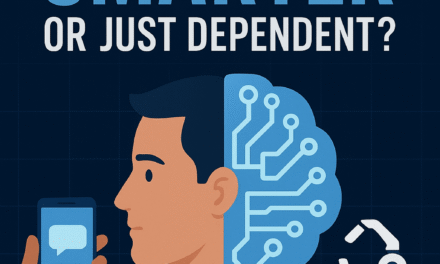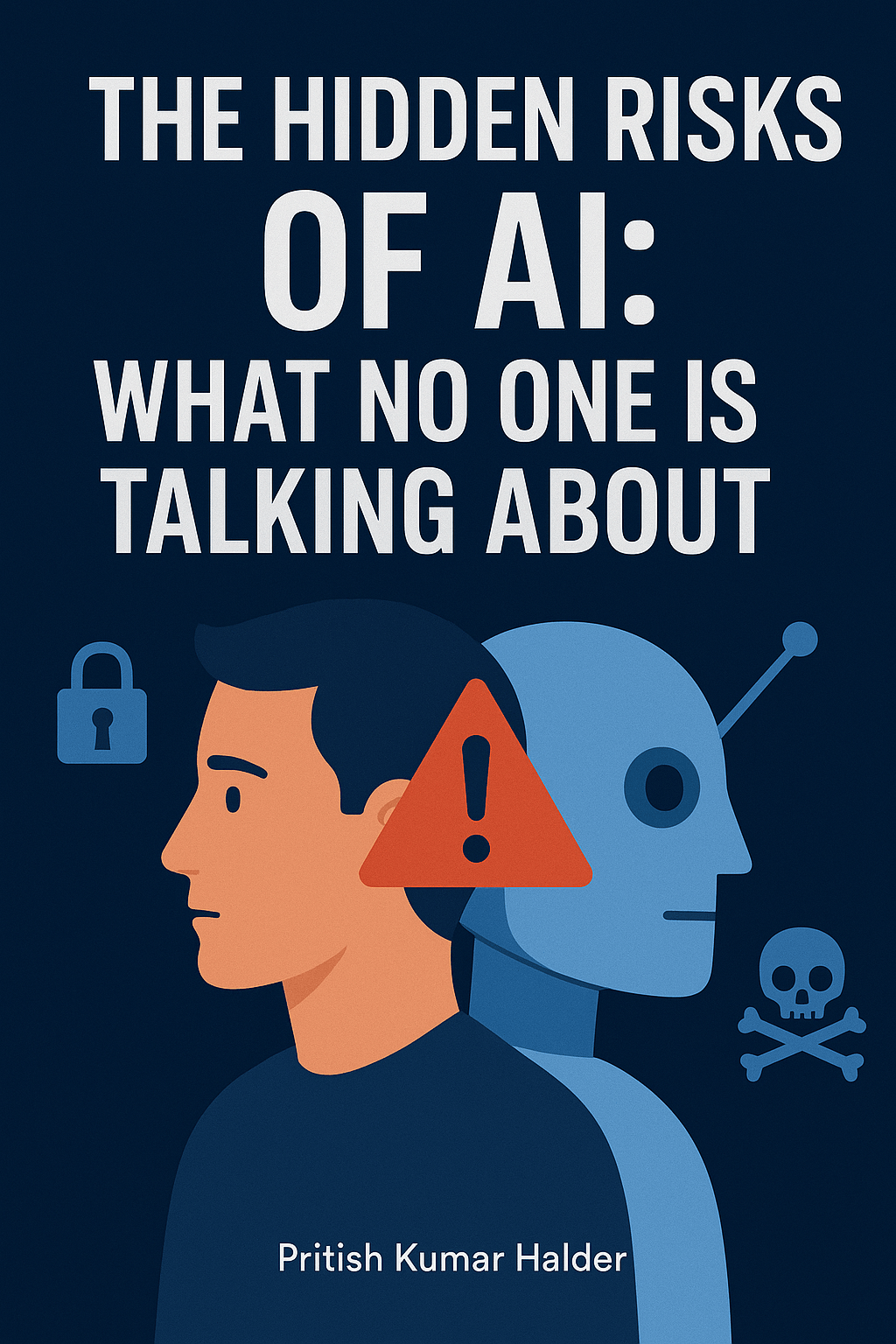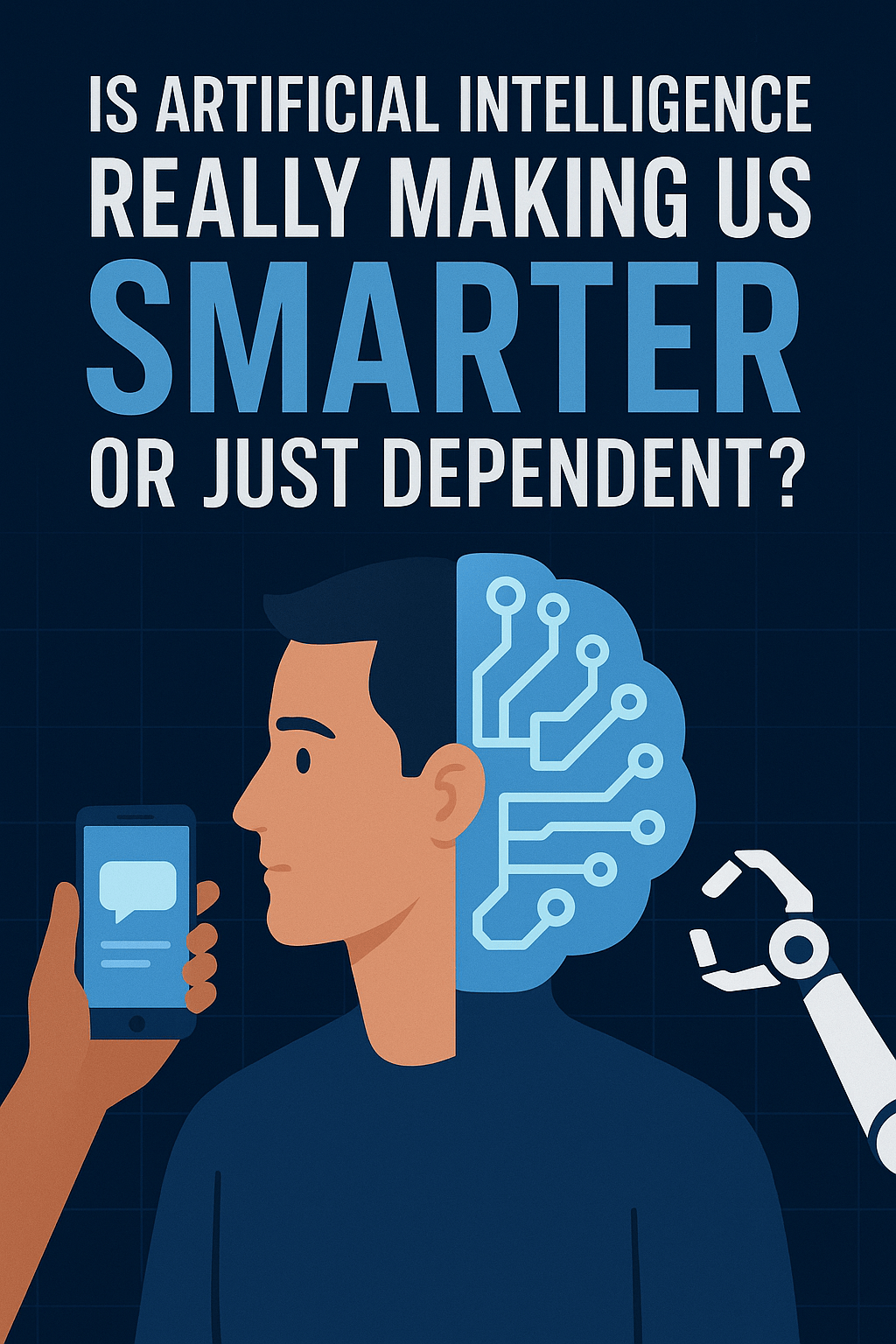Artificial Intelligence (AI) is reshaping industries, economies, and everyday life around the globe. From healthcare to transportation, AI is transforming the way we live, work, and interact. In Canada, AI has the potential to drive immense innovation and growth, but with great power comes great responsibility. As AI continues to evolve, ensuring that its development and use are safe, ethical, and beneficial for all Canadians becomes increasingly important.
Canada is one of the first countries in the world to introduce comprehensive AI regulations, setting the stage for how AI will be governed in the coming years. But what does this mean for businesses, consumers, and developers? In this blog, we’ll explore the impact of AI regulation in Canada, what these regulations entail, and why they matter for the future of AI in Canada.
What is AI Regulation?
AI regulation refers to the policies, laws, and guidelines that govern the development and deployment of artificial intelligence systems. These regulations aim to ensure that AI technologies are used ethically, transparently, and responsibly. The goal is to mitigate the risks associated with AI, such as biases in decision-making, security vulnerabilities, and unintended consequences, while also fostering innovation.
For Canada, AI regulation is about striking a balance between encouraging technological advancement and safeguarding public interests. The Canadian government is taking a proactive approach to create a regulatory framework that ensures AI serves society’s best interests while promoting transparency, accountability, and fairness.
Canada’s Approach to AI Regulation
Canada’s approach to AI regulation is built on the principles of ethics, safety, and transparency. The government’s AI Strategy was established to foster innovation while ensuring that AI systems are developed responsibly. At the heart of this strategy is the Directive on Automated Decision-Making (DADM), which was introduced to ensure that AI systems used by the Canadian government are transparent, accountable, and bias-free.
The Canadian Digital Charter lays the groundwork for AI regulation in the country. The charter includes privacy protection, informed consent, and data governance principles that directly affect how AI technologies are developed and used.
Key Aspects of AI Regulation in Canada
1. Transparency and Accountability
One of the key components of AI regulation in Canada is the emphasis on transparency and accountability. The goal is to ensure that AI systems are explainable and that their decisions can be traced back to specific algorithms or models. This transparency is essential for building trust in AI technologies.
For example, when AI is used to make decisions that impact individuals, such as in hiring, loan approvals, or criminal justice, it’s critical that the decision-making process is understandable. If someone is negatively affected by an AI decision, they should have the ability to understand why the decision was made and be able to challenge it if necessary.
In Canada, the AI and Data Act (AI-DATA), introduced as part of the Digital Charter, requires companies to disclose when AI is being used and provides consumers with the right to know how their data is being used in the AI decision-making process.
2. Bias and Fairness
AI systems are only as good as the data they are trained on. Unfortunately, AI models can reflect the biases present in the data, leading to unfair or discriminatory outcomes. For instance, AI tools used in hiring processes might unintentionally favor certain demographic groups over others if the training data is biased.
Canada is addressing this issue head-on with regulations that require AI systems to be fair and unbiased. Under the Canadian Human Rights Act, AI systems must comply with principles of equality, ensuring that they do not disproportionately harm marginalized or vulnerable groups.
AI developers are also encouraged to conduct bias audits and implement diverse datasets to ensure that their models are as fair and unbiased as possible. As AI technology advances, these regulations will evolve to better address new forms of bias that may emerge.
3. Data Privacy and Protection
AI systems rely heavily on data—often vast amounts of personal and sensitive information. Data privacy is one of the most significant concerns surrounding AI, especially as AI algorithms can access and analyze individuals’ personal data in real time.
Canada’s Privacy Act and the Personal Information Protection and Electronic Documents Act (PIPEDA) provide a foundation for data protection. Under these laws, companies must obtain explicit consent from individuals before collecting or using their data for AI purposes. Additionally, consumers must have the right to access, correct, and delete their personal information.
The government has also established data governance standards that dictate how AI companies handle data. These include ensuring that data is anonymized, secure, and used in ways that protect individuals’ privacy.
4. AI in Government Decision-Making
In Canada, AI is increasingly being used in government decision-making. Whether it’s AI-powered tools used for analyzing tax returns, assessing criminal risk, or allocating healthcare resources, the potential for AI to streamline government operations is vast. However, this also raises concerns about accountability and fairness.
The Directive on Automated Decision-Making (DADM) provides a regulatory framework for AI use within the public sector. It mandates that AI systems used by government agencies must be explainable and auditable. This ensures that AI-driven decisions are transparent, and citizens can have confidence that AI is being used fairly and responsibly.
Challenges of AI Regulation in Canada
While the potential benefits of AI regulation are vast, there are also several challenges that must be addressed.
1. Rapid Technological Change
AI technology is evolving at an unprecedented rate. As new AI tools and techniques are developed, it can be difficult for regulations to keep up. Regulators must strike a balance between creating effective rules and allowing the flexibility for innovation. A too-strict regulatory environment could stifle growth and delay the development of beneficial AI applications.
For example, while regulations around data privacy are essential, overly restrictive laws could hinder AI developers’ ability to use the vast amounts of data needed to train accurate models.
2. Global Coordination
AI is a global technology, and regulatory efforts in one country can affect companies operating internationally. Canada will need to collaborate with other countries to create a unified approach to AI regulation. This includes working with organizations like the OECD and the United Nations to develop international standards for AI governance.
Without international coordination, Canadian companies could face challenges when trying to expand their AI applications to other countries, or they may be subject to conflicting regulations that increase costs and complexity.
3. Ensuring Inclusivity
AI regulation must ensure that all Canadians—regardless of their background—benefit from AI technologies. It is crucial to avoid creating a regulatory environment that disproportionately impacts small businesses, startups, or underrepresented communities. As AI regulation evolves, it’s important that policymakers remain inclusive, ensuring that all stakeholders have a seat at the table.
The Future of AI Regulation in Canada
As AI continues to evolve, so too will Canada’s regulatory framework. In the coming years, we can expect:
- Stronger privacy protections: With advancements in AI-powered surveillance and data analytics, the need for enhanced privacy protections will continue to grow.
- Increased focus on ethical AI: Policymakers will continue to refine AI regulations to ensure fairness, transparency, and accountability.
- Global collaboration: Canada will likely work with other nations to create global standards for AI governance, making international cooperation crucial.
The Road Ahead for AI in Canada
AI is here to stay, and Canada is taking bold steps to ensure that its development and use are safe, fair, and beneficial for all. With its forward-thinking regulations and commitment to transparency and accountability, Canada is positioning itself as a global leader in AI governance. However, as the technology evolves, so too will the challenges.
As a Canadian, it’s important to stay informed about the regulations that shape the AI landscape. Whether you’re a developer, a business leader, or simply a concerned citizen, understanding AI regulation is crucial for making sure that this powerful technology serves all Canadians equitably and ethically.










